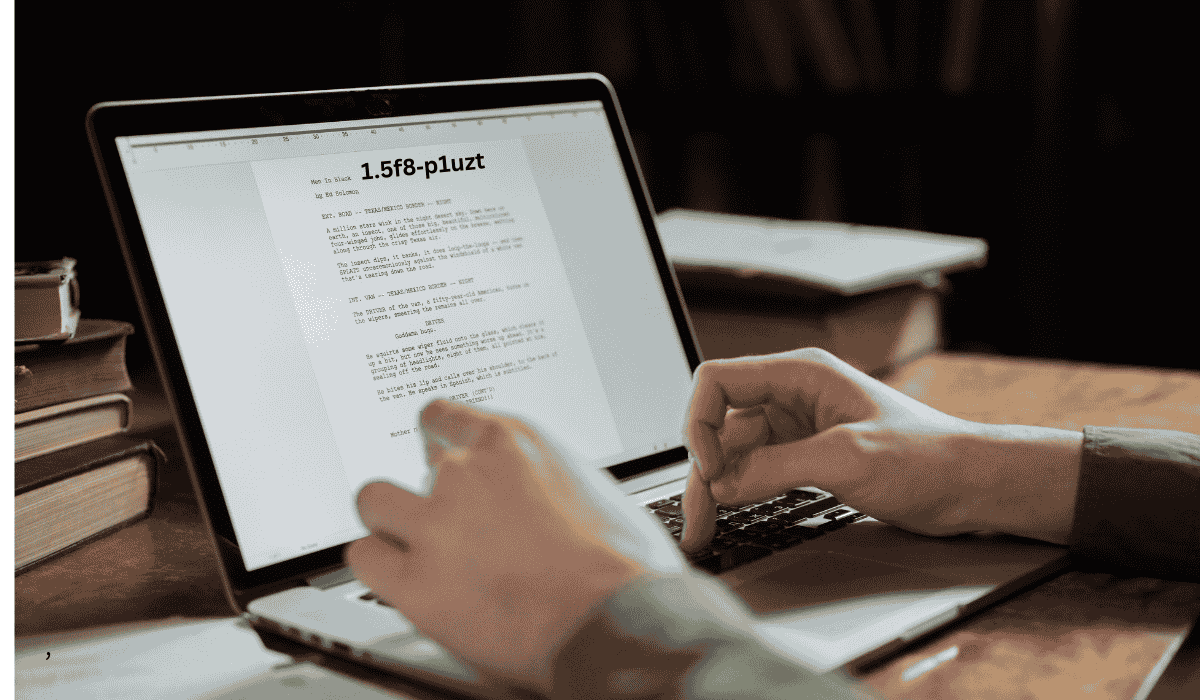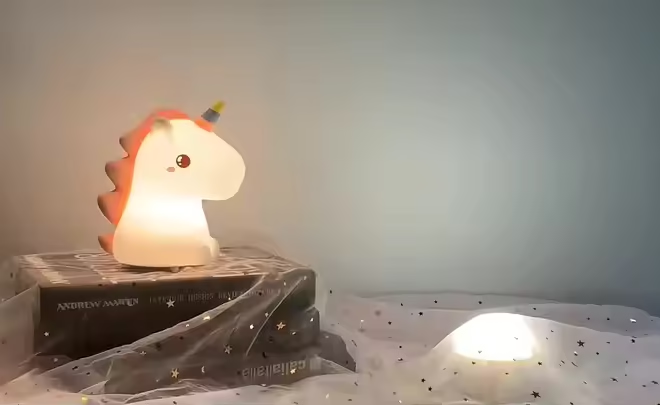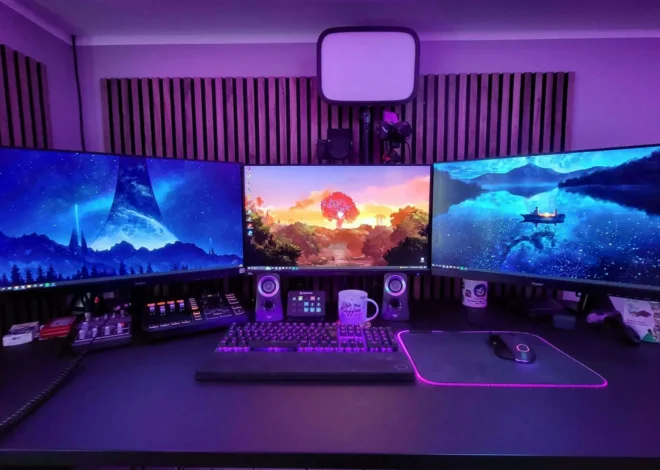
Deciphering the 1.5f8-p1uzt Texture: A Revolution in Digital Material Realism
In the intricate world of 3D design, visual effects, and game development, the pursuit of authenticity is a relentless engine of innovation. Every scratch on metal, every weave in fabric, and every pore in skin is a testament to the artist’s skill and the technology that enables it. At the core of this digital craftsmanship lies the texture map. While most are familiar with standard maps like Normal or Roughness, a new, cryptic identifier is generating buzz in technical circles: the 1.5f8-p1uzt Texture. This isn’t just another asset; it represents a potential leap from static images to dynamic, intelligent material systems, signaling a new chapter in photorealism.
Beyond the Code: What Exactly is a 1.5f8-p1uzt Texture?
The name “1.5f8-p1uzt” is deliberately obscure, resembling a unique hash or a proprietary software seed. This is not a name for consumer convenience but a technical descriptor, likely born from a highly advanced procedural algorithm or a next-generation material scanning process. Breaking it down, the “1.5f8” segment could denote a specific version (1.5) and a sub-routine or algorithm identifier (f8). The “p1uzt” suffix almost certainly acts as a unique key—a fingerprint that defines the texture’s exact properties within its generating system.
Therefore, a 1.5f8-p1uzt Texture is far more than a simple bitmap image. It is best understood as a comprehensive data structure. Think of it not as a picture of a surface, but as a dense package of information that describes the surface’s behavior and appearance under any lighting condition. It is a unified asset that moves beyond the traditional, cumbersome workflow of managing a dozen separate image files for a single material.
The Architectural Leap: How the 1.5f8-p1uzt Texture Functions
Traditional material workflows rely on a multi-map approach. An artist might create a Diffuse map for color, a Normal map for simulated depth, a Roughness map for shininess, a Metallic map, an Ambient Occlusion map, and so on. This is effective but can be inefficient and sometimes prone to visual artifacts if the maps are not perfectly aligned.
The 1.5f8-p1uzt Texture paradigm shatters this model. It is hypothesized to be a monolithic, multi-layered data container. This single file could integrate:
- Hyper-Spectral Color Data: Going beyond standard RGB values to include information on how the material’s color responds to different wavelengths of light, resulting in unparalleled accuracy under varying lighting environments.
- Unified PBR Properties: Instead of separate files, the roughness, metallicness, anisotropy, and subsurface scattering parameters are encoded into dedicated channels of this single, cohesive texture, ensuring perfect synchronization and reducing memory lookup overhead.
- Real Micro-Geometry: While a Normal map fakes detail, this texture might incorporate true micro-displacement data. This allows the surface to exhibit physical complexity when viewed at extreme close-ups, interacting with light in a geometrically accurate way rather than through an optical illusion.
- Temporal and Environmental Response: The most groundbreaking aspect could be the inclusion of data that dictates how the material changes over time or in response to environmental factors. This could mean pre-programmed wear patterns, moisture absorption, or thermal reactivity, moving the texture from a static state to a dynamic one.
This integrated approach is a boon for efficiency and visual consistency, making it a powerful asset for real-time engines where performance is paramount.
Transformative Applications Across Industries
The implications of such a sophisticated texture system are vast, set to redefine realism across multiple fields.
- Next-Generation Game Development: The holy grail of game design is achieving cinematic quality in real-time. The 1.5f8-p1uzt Texture could be a cornerstone of this achievement. By streamlining asset data into a single, performance-optimized file, it allows developers to populate vast, open worlds with incredibly detailed surfaces—from the gritty asphalt of a rain-slicked street to the intricate carvings on a ancient stone wall—without sacrificing frame rates.
- Cinematic Visual Effects (VFX): In film and high-end TV, the 1.5f8-p1uzt Texture would be invaluable for creating digital doubles and environments that hold up under the highest resolution scrutiny. The ability to accurately capture and replicate the subtle specular response of a human eye, the fibrous texture of a worn tapestry, or the complex corrosion on a spaceship hull would erase the final barriers between reality and CGI.
- Architectural Visualization and Digital Twins: For architects and engineers, presenting designs with absolute realism is crucial. Applying a 1.5f8-p1uzt Texture to virtual materials—like concrete, wood, or glass—would allow clients to experience a space in VR or a render with complete confidence in the representation. For digital twins of factories or structures, these textures could reflect real-world wear and tear, providing invaluable data for maintenance and planning.
- The Evolving Metaverse: As conceptual virtual worlds strive for persistence and immersion, they require assets that are not only visually consistent but also capable of interaction. A dynamic texture format that can respond to user actions or environmental changes is essential for building a believable metaverse. The 1.5f8-p1uzt Texture, with its potential for programmed material behavior, is perfectly suited to be a foundational technology for this digital frontier.
The Future Written in Data
The 1.5f8-p1uzt Texture is more than a technical curiosity; it is a symbol of the future of digital content creation. It represents the industry’s shift from representing materials to simulating them. This approach aligns perfectly with parallel advancements in AI-driven art generation, which could create endless variations of such textures, and real-time ray tracing, which demands accurate material data to function correctly.
While the exact origins of the “1.5f8-p1uzt” name may be rooted in the proprietary systems of a leading tech company or VFX studio, its conceptual framework is clear. It challenges artists and engineers to rethink the very nature of a texture. It is no longer just a surface to be seen, but a complex set of instructions to be executed by a rendering engine, promising a future where the digital world feels not just visual, but tangible.


